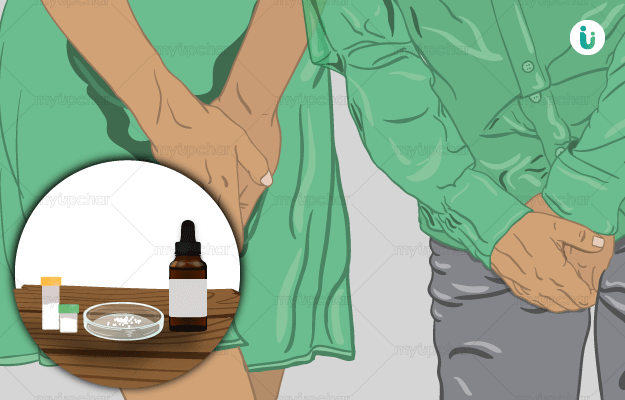What is urinary incontinence?
The loss of urine or bladder control which leads to leakage of urine is termed as urinary incontinence. It occurs mostly in older people, especially in females. With increasing age, the risk of urinary incontinence also increases. It happens when the sphincter muscles of the urinary bladder are unable to control the flow of urine. They are of various types like stress, urge, overflow, mixed, function and total incontinence.
What are its main signs and symptoms?
Some of the common signs and symptoms are :
- Frequent urination
- Urinating in bed
- Feeling of pressure in the pelvic region
- Leakage of urine while laughing or coughing too hard
- Dribbling of urine
- Sensation of incomplete clearance of urine after using the washroom
What are the main causes?
Urinary incontinence is caused due to various reasons such as :
- Inflammation of the lining of the urinary bladder
- Stroke
- Engagement of prostate
- Kidney or bladder stones
- Constipation
- A tumour that presses against the bladder
- Alcohol
- Urinary tract infections (UTIs)
- Sedatives
- Sleeping tablets
- Muscle relaxants
- Heavy lifting
- Nerve disorders like multiple sclerosis
- Injury to the nerves controlling urinary bladder during surgery or external trauma
- Depression or anxiety
How is it diagnosed and treated?
The doctor checks physically for possible abnormalities after a detailed history taking. Some of the tests performed are:
- Urinalysis- microscopic and culture
- Post void residual (PVR) test– It helps in identifying the amount of urine left in the bladder after completing urination.
- Blood tests to look for autoimmune antibodies, etc.
- Cystogram – It is a type of X-ray of the bladder.
- Pelvic ultrasound
- Urodynamic testing – It assess the amount of pressure the bladder and urinary sphincter muscle can withstand.
- Cystoscopy
After the diagnosis, the patient is treated by various methods such as:
- Urine drainage bags can be used to collect the urine.
- Absorbent products such as pads, panty liners, adult diapers can also be used.
- Antimicrobial cleansers are used to decrease redness and rash on the skin caused due to leakage of urine.
- Intermittent catheterization – Urine is collected through a catheter inserted in the urethra. A catheter is a flexible tube placed in the bladder. They are made up of latex with Teflon or silicone coating. Once the catheter is inserted, a balloon is inflated so that the catheter won’t fall out.
- External collecting systems known as condom or Texas catheters are rolled over the penis in men.
- Toilet substitutes like bedside commodes or commode seats, bed pans and urinals can be used.
- Pelvic muscle exercises like Kegel exercises are also helpful.
- Timed voiding – In this method, there is a set schedule for urination which helps in controlling the bladder..
- Biofeedback – It helps in making the person aware of the body signals. It helps in regaining muscle control of the bladder and urethra.
- Consumption of caffeine, alcohol and tobacco should be completely stopped.

 Doctors for Urinary Incontinence
Doctors for Urinary Incontinence  OTC Medicines for Urinary Incontinence
OTC Medicines for Urinary Incontinence
 Urinary Incontinence articles
Urinary Incontinence articles

 Homeopathic Treatment of Urinary Incontinence
Homeopathic Treatment of Urinary Incontinence







 Dr. Rachita Narsaria
Dr. Rachita Narsaria











